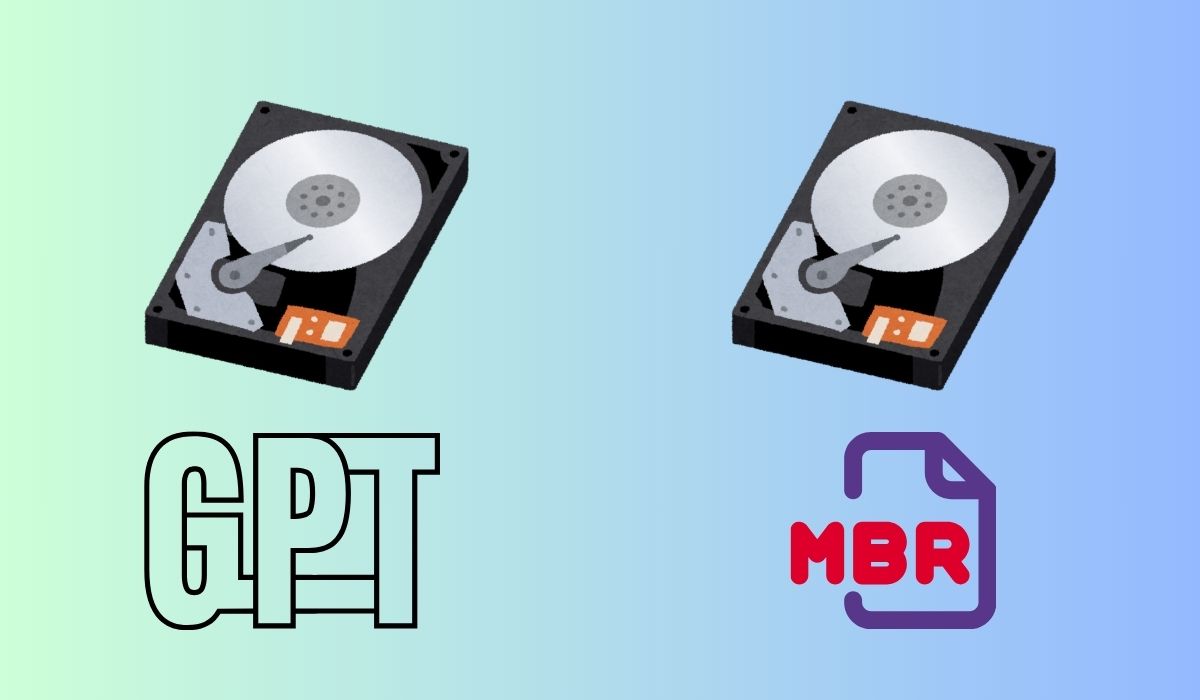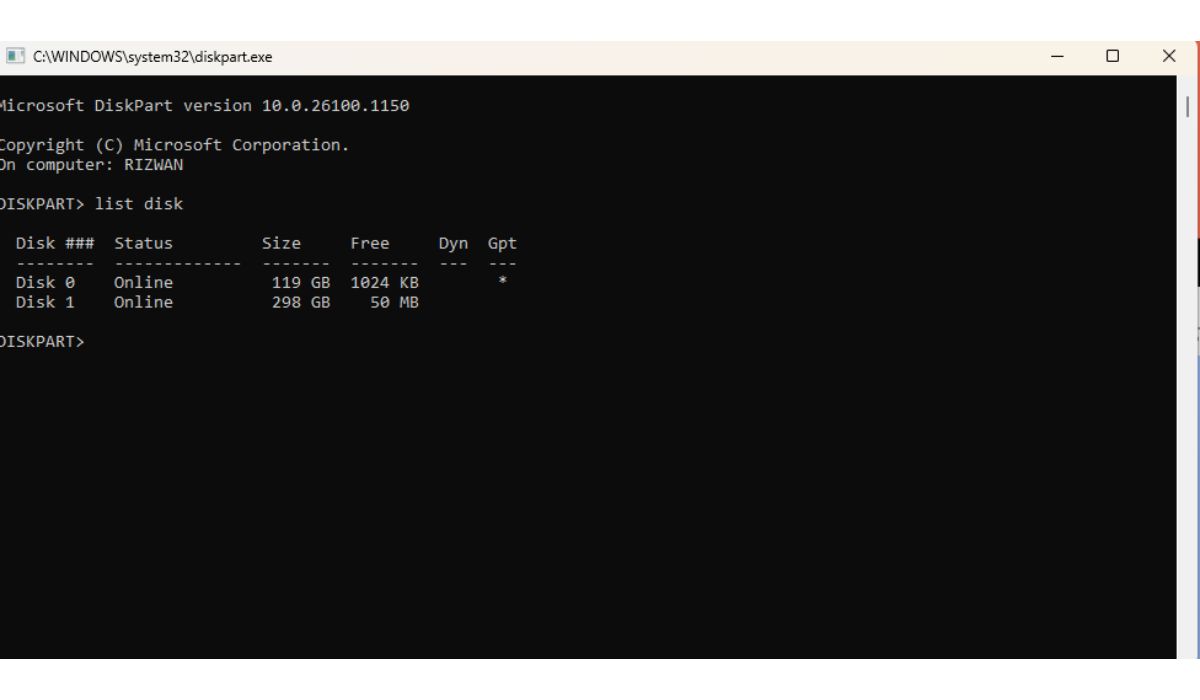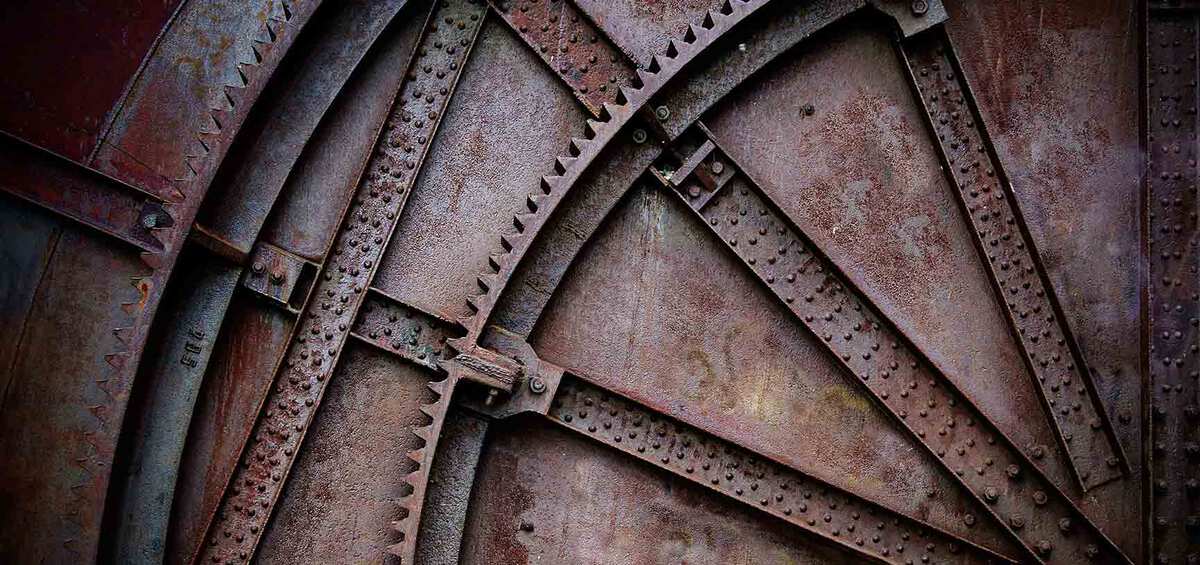If you’re setting up a new hard drive or installing an operating system like Windows or Linux you’ll probably see two options—GPT and MBR. These are partition styles. Choosing the wrong one can cause errors later or even stop your computer from booting.
This guide explains what they mean how they work and which one is right for you.
Why GPT vs MBR Matters?

Partitioning tells your computer how to organize the space on your hard drive or SSD. It’s the step before formatting or installing your operating system.
When you partition a drive you’re picking how the system stores files starts the boot process and even how big a disk it can support. That’s why GPT and MBR matter.
What Is MBR?
MBR, or Master Boot Record, is the older of the two partition styles. It’s been around since the early 1980s and is still supported on many systems today, especially older ones that use BIOS instead of UEFI.
MBR works by storing important data in the very first sector of the disk. This small area holds both the partition table and the boot loader. Because everything is stored in that single spot, it’s critical to the system. If the first sector gets damaged, your computer may not start at all.
One of MBR’s limits is how many partitions it allows. You can only create up to four primary partitions on an MBR disk. If you need more, you have to turn one of those into an extended partition, then create logical drives inside it. It’s a workaround that adds a bit of complexity.
Another major limitation is size. MBR only supports disks up to 2 terabytes. If your drive is bigger than that, the extra space won’t be usable unless you switch to GPT.
So while MBR is simple and widely compatible, it comes with limits that make it less useful for newer hardware or larger drives.
What Is GPT?
GPT, or GUID Partition Table, is the modern replacement for MBR. It was built to work with UEFI systems and is now the standard for most new computers. GPT is more flexible and reliable than MBR in several important ways.
One of the biggest advantages of GPT is that it supports up to 128 partitions on a single drive in Windows—without needing extended or logical partitions. That makes drive setup much simpler and cleaner.
GPT also works with very large drives, far beyond MBR’s 2 TB limit. In fact, it supports sizes over 9 zettabytes, which is far more than anyone needs right now. This makes GPT the best choice for modern hard drives and SSDs.
To help prevent data loss, GPT stores backup partition tables in multiple places across the disk. If one part of the table gets corrupted, the system can still recover using a backup. This built-in safety makes GPT a better option for long-term reliability.
It also supports features like Secure Boot, which helps protect the system from malware during startup. Because of this, Windows 11 requires GPT on all systems that use UEFI.
Overall, GPT is the safer and more future-ready option, especially for newer hardware and modern operating systems.
Main Differences Between GPT and MBR
Here’s a side-by-side comparison to help make it clear:
| Feature | GPT | MBR |
| Max Partitions | 128 (Windows) | 4 Primary (or 3 + 1 Extended) |
| Max Drive Size | Over 9 ZB | 2 TB |
| Boot Compatibility | UEFI | BIOS |
| Data Safety | Backup headers and CRC check | No backups |
| OS Support | Windows 10, 11, Linux | Windows XP, legacy BIOS |
| Use with SSDs | Yes | Limited |
So if you’re working with new hardware GPT is usually the better pick.
When to Use GPT or MBR

Choose GPT if:
- You’re using Windows 10 or 11
- You have a drive larger than 2 TB
- Your system uses UEFI instead of BIOS
- You want to use Secure Boot or more than 4 partitions
- You’re setting up a new SSD
Choose MBR if:
- You’re installing Windows on a very old PC with BIOS only
- You’re using a tool or system that only supports MBR
- You need compatibility with older drives or imaging software
Most modern computers built in the last 7–8 years support GPT without a problem.
How to Check Which One Your Drive Uses
On Windows:
- Open Disk Management
- Right-click the disk number (like Disk 0)
- Click Properties
- Go to the Volumes tab
- Look for Partition style: It will say either GPT or MBR
On Linux:
- Use the lsblk -f or sudo parted -l commands
- GPT disks will show up with a “gpt” label
Final Notes
Both GPT and MBR still work today. But GPT is better for most modern systems. It handles large drives is safer against errors and supports more features.
If you’re setting up a new computer or drive and your system uses UEFI GPT is the right choice. Only use MBR if you’re working with old gear or special tools that require it.
Still not sure which one to choose? If your drive is under 2 TB and your system is old MBR may be fine. If it’s a newer setup just go with GPT and move on.

